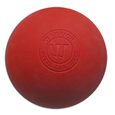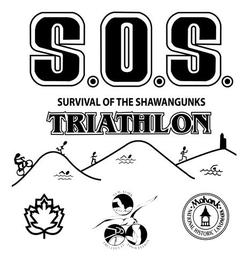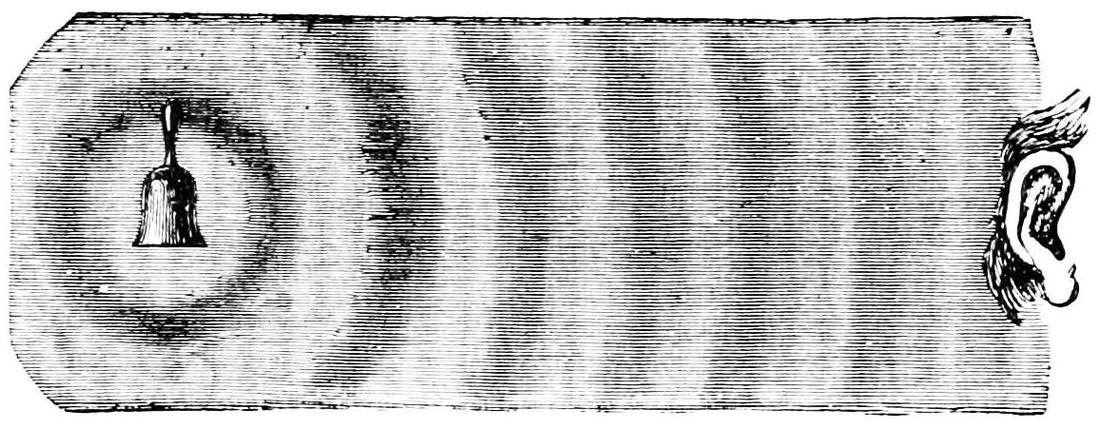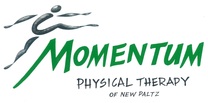|
What do you listen to when you run? Are you singing along to your favorite '80s mix, rocking out to Metallica's greatest hits or catching up on your favorite podcast? All of these actually sound like pretty good options but do you ever take your earbuds out and just listen to yourself run? There are a variety of ways to analyze running performance but using your auditory organs isn't commonly on that list. And unlike some of the others like video analysis or a biomechanics evaluation, you can perform an auditory analysis on your own and on any surface inside or out. Sound is a powerful tool and is something I use often with my clients and certainly for myself when I am running.
For the purposes of this discussion, the assumption is that there are no significant asymmetries (structural or functional) or previous injury, prosthesis or orthosis that prevents symmetry of the body in stance or with movement. The first, and probably easiest thing, you can key in on is the sound of your cadence. You should sound like a metronome when your feet hit the ground. There should be equal time (or silence) between each foot strike as well as equal time (or sound) when each foot is in contact with the ground. The latter can be a little more difficult to discern because the transition over the foot is generally quite quick. If there is a difference between foot strikes, then that may suggest possible issues like inefficiencies in your running mechanics or imbalances in higher joints which could lead to nagging injuries or limit your mileage or pace. Without overhauling your technique see if you are able to tweak your cadence first so that it is more even the next time you run. Assuming that your cadence is symmetrical, the next sound(s) to listen to may be a little more challenging: how your feet actually strike the ground. Are you a heavy hitter with a solid impact each time or are you light like a gazelle? Is one foot heavy and the other light? Depending on how light or heavy you land (and also which source you read), you are landing with 1.5 to 3 times your body weight on a flat surface. That is a lot of energy and it has to go somewhere. The Earth is certainly not going to budge which means all of that energy is translated into your body. If you land on the heavy side, injuries could pop up generally more structural in nature like stress syndromes and stress fractures. If you land exceptionally light or soft, this could actually mean that you're absorbing so much energy that you lose some efficiency in your technique and soft tissue injuries like tendonitis is more likely to show up. For instance you may bounce up and down more with each step rather than using that energy to move forward. There's a delicate balance between landing too hard or too light and listening to your foot strike can help you find that sweet spot. If you're lucky, you've got it already. Another sound to listen for is the foot slap. For those unfamiliar it almost sounds like two impacts when you land: first with the heel followed quickly by a loud "slap" by the forefoot. This is not to be confused with regular heel striking with a smooth transition versus other styles of landing. (That is a completely different discussion which will be covered in future posts.) This pattern generally describes someone who is over striding. When the foot and leg are too far out in front of your body and center of mass, it is difficult to transition smoothly and it is a less stable position which results in the distinct foot slap sound. The "easy" fix for this is to shorten your stride which may feel a bit awkward at first but long term will feel more smooth and comfortable when you run. Lastly, breathing. This encompasses all runners regardless of your cadence or foot strike patterns. Without getting into any specific technique (there are several out there but this is also a different discussion for another day), the one thing that they all have in common is rhythm. Make sure your breathing is consistent and has a rhythm to it so that you are constantly getting the oxygen you need to perform. Should there be any noticeable differences that persist and you are unable to correct them yourself or you develop pain, consider consulting with a physical therapist knowledgeable in running injury and performance to review your technique and history. See you out on the trails! If you found this to be helpful, please share!
2 Comments
 Whether you've just completed the SOS Triathlon or you've been stuck at your desk all day, we could all use some soft tissue love periodically. Many of us don't have the time or money to devote to routine professional massage therapy sessions which is where a cheap, inanimate object becomes a great substitute: the lacrosse ball. If you're just introducing yourself to soft tissue mobilization or you're a bit tender from a grueling race, I prefer to use a soft or indoor lacrosse ball. Regular lacrosse balls can be a great option as well but there is always a time and place for each version. If you don't have access to a lacrosse ball just yet, start with a tennis ball and graduate up to a lacrosse ball when you can. Using body position and leverage you can take advantage of the shape and firmness of a lacrosse ball to address any tender spots, tightness, trigger points, etc. Addressing restrictions like these leads to better quality of movement which often means feeling better during your activities and with your recovery. Since the SOS Triathlon was this past weekend I wanted to share a few videos by Kelly Starrett that would demonstrate ways to utilize lacrosse balls for hot spots you may be dealing with after the race. That being said, these are by no means limited to triathletes and can be incredibly helpful for anyone. Enjoy! Areas around the thoracic spine and shoulder blade. If the floor is too difficult or uncomfortable, the same thing can be done standing and leaning against a wall. Areas around the anterior and posterior shoulder. Areas around the calf, knee, and hamstrings. There are a couple other alternatives to a lacrosse ball that you may like as well. Areas around the hip, glutes and psoas.
 Besides September being the start of apple picking season (which is exciting in its own right; Dressel Farms is my favorite) it also means the exceptional SOS (Survival of the Shawangunks) Triathlon is upon us. Since 1983, this unique 8 stage triathlon has been taking place in the beautiful Shawangunk Mountains and has grown in popularity drawing athletes from all over the country and sometimes internationally. Covering a total of 50.5 miles with 1 bike stage, 4 running stages and 3 swimming stages it is most definitely a test of strength and endurance but also of tactics and sheer willpower. Race day is this Sunday, September 8th, and the gun goes off bright and early at 7am at the Ulster County Fairgrounds. In addition to the race, the SOS Expo will debut this year on Saturday, September 7th from 10:30am to 3pm in the Rock & Snow parking lot on Main Street. I am thrilled to have been invited to represent and introduce Momentum Physical Therapy of New Paltz to the community. I will be available to answer any questions, offer post race recovery advice, chat about the 'Gunks or anything else as well as demonstrate some exercises and self treatment techniques. Other vendors will be showcasing triathlon gear and apparel, health and wellness services, and information about community organizations. For a full list of vendors and more details about the SOS Expo, you can find them here. I strongly encourage everyone to come check out the SOS Expo on Saturday and head up to the mountains on Sunday to help support and cheer on some amazing and inspiring athletes. Even if you don't like triathlons, you can spend the day enjoying all that Mohonk and Minnewaska State Park Preserve have to offer. And in case you didn't have enough incentive yet, the weather forecast is looking perfect: mid 70s and sunny this weekend! |
Dr. Greg Cecere
Your personal physical therapist, movement educator and knowledge dispenser. Newsletter Sign Up
Enter your name and email to get Momentum PT's Movement Manual delivered straight to your inbox! It's your free monthly newsletter and guide to moving better, feeling better and living better! Archives
April 2017
Categories
All
Disclaimer:
The contents of this blog is meant for educational purposes only. Momentum Physical Therapy of New Paltz and Dr. Greg Cecere are not responsible for any harm or injury that may occur due to any information on this blog as it is by no means a substitute for a thorough evaluation by a medical professional. |
|
Momentum Physical Therapy of New Paltz, PLLC. Copyright © 2013-2024. All Rights Reserved.
Disclaimer: The contents of this site is meant for educational purposes only and utilization of any of the material is a personal choice. Momentum Physical Therapy of New Paltz and Dr. Greg Cecere are not responsible for any harm or injury that may occur due to those choices. This site is by no means a substitute for a thorough evaluation and guidance by a licensed medical professional.
|

 RSS Feed
RSS Feed
